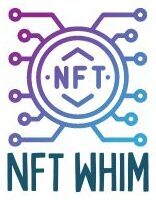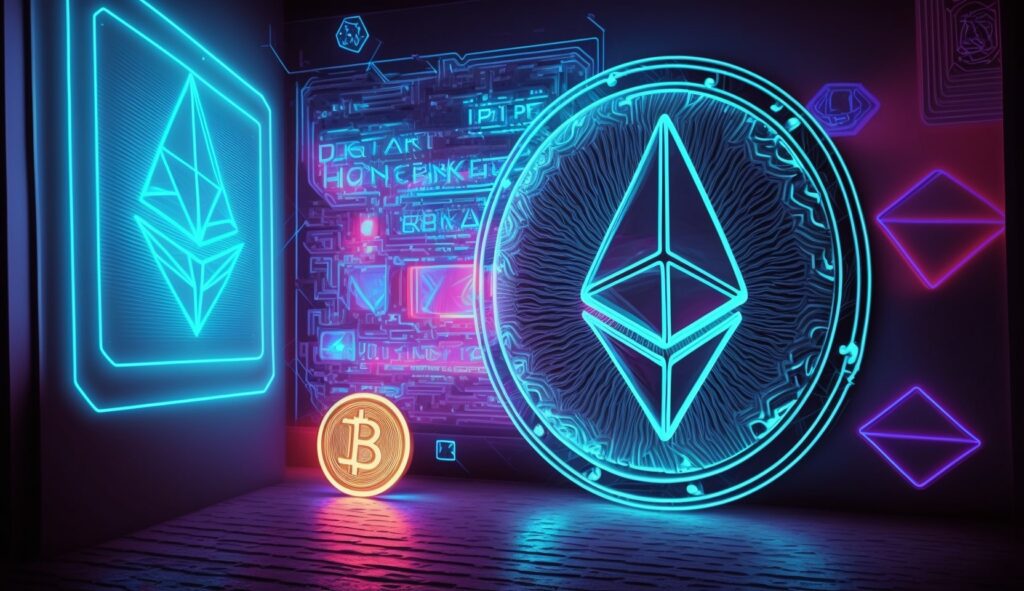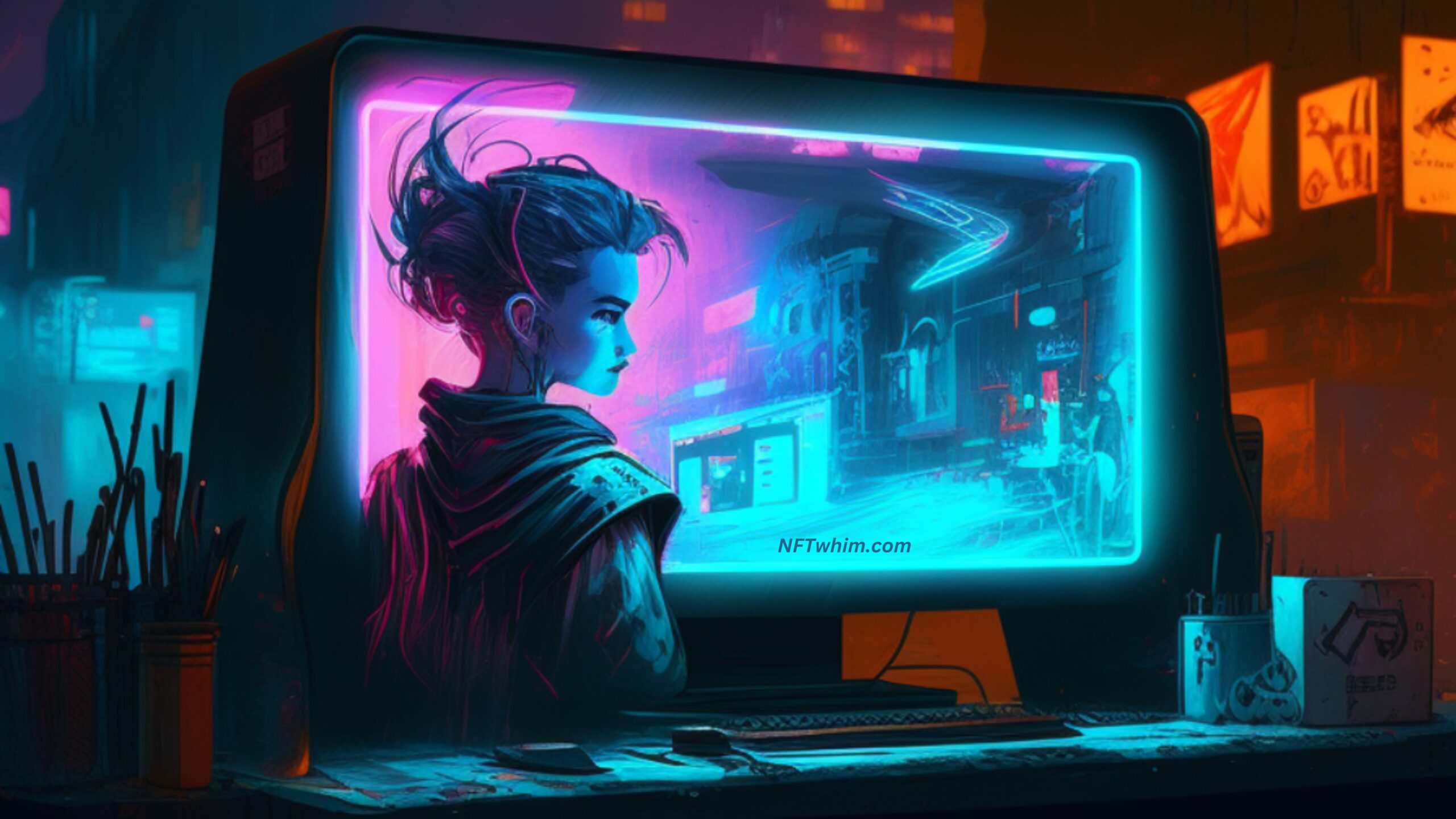Are you ready to take the plunge and make your first NFT sale? If so, you’re in luck! This article will provide a comprehensive guide on how to get started. With the rise of NFTs as a digital asset class, now more than ever it’s possible for anyone to become an independent seller. Whether you’re looking for the freedom that comes with being a self-employed creator or simply want to monetize something you already have, this is your chance.
Making your first NFT sale may seem daunting, and you may worry what occurs if it doesn’t sell, but don’t fear – it does not have to be complicated. We’ll walk through all the steps step by step, from creating your product and setting up an account, to managing payments and marketing your work. By the end of this article, you’ll know all the basics necessary for making successful sales and taking control of your own financial destiny.
So if you’ve been dreaming of becoming an entrepreneur and having complete autonomy over what you do with your life, let’s get started! Even if you’re just dipping your toes into selling online today could be the day that changes everything for you. Let’s explore exactly how to launch yourself as an independent artist or designer with a few easy steps and start unlocking new opportunities with every sale.
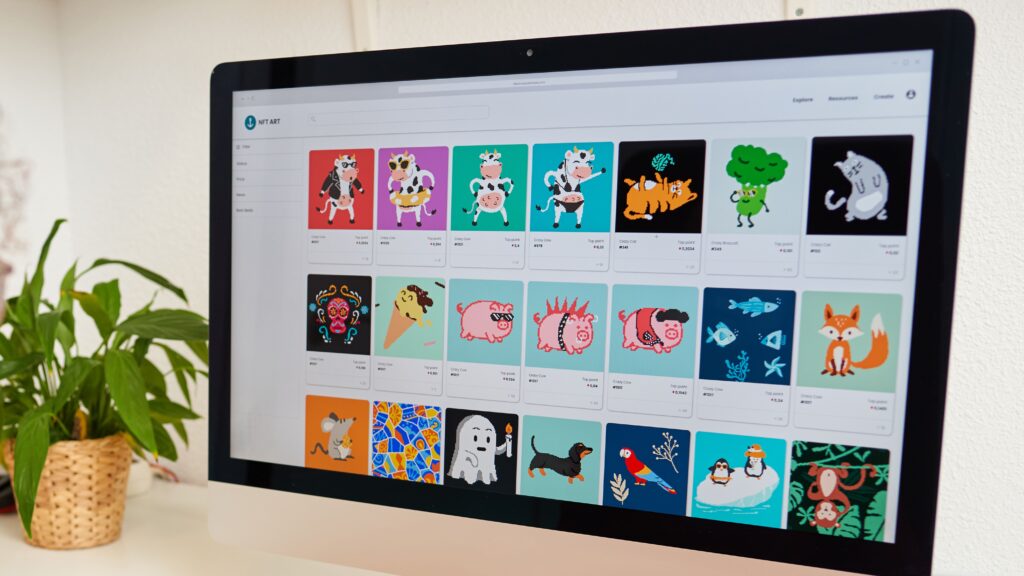
Also, check out this article which explains royalties for NFT creators.
What Is An NFT?
What is an NFT? An NFT, or Non-Fungible Token, is a new type of digital asset that has revolutionized the way people buy and sell online. It’s a unique piece of data stored on a blockchain that can be used to represent various types of assets like artwork, collectibles, music, videos and more. Unlike traditional currency which can be duplicated or exchanged for other currencies, each NFT is one-of-a-kind and cannot be replicated. This makes them ideal for use in any digital marketplace where buyers are looking for something truly unique and valuable. With the rise in popularity of cryptocurrencies such as Bitcoin, there are now many different platforms available to create and purchase your own NFTs.
This technology provides users with unprecedented control over their virtual property rights. With the decentralized nature of blockchains, owners have full autonomy over how they choose to manage their tokens – from deciding who gets access to it when trading partners don’t agree on terms to enabling fractional ownership among multiple parties. As well as offering buyers tangible value through scarcity and authenticity, this also opens up exciting opportunities for creators to monetize their work securely without having to rely on middlemen or third party services.

Benefits Of Selling An NFT
When you make your first NFT sale, the benefits are immense. Selling an NFT is a great way to generate passive income and take advantage of digital collectibles. You can create new content that has potential for continuous financial rewards. Plus, you’ll be joining a vibrant community of artists, entrepreneurs and collectors who share the same passion as yours.
Not only will selling an NFT help with monetization but it also provides additional opportunities such as marketing campaigns and collaborations with other artists or creative professionals. You’ll have access to more people interested in what you do which leads to increased visibility, recognition and awareness. Furthermore, by creating original content through an NFT platform, you can leverage the power of blockchain technology to securely store your assets while enabling users to easily transfer ownership.
So, selling an NFT brings numerous advantages including financial gains from owning digital collectibles, improved marketing capabilities for your products and services, network expansion within the industry and secure storage of assets on blockchain networks. It’s no wonder why so many creators are taking their first steps into this growing market!

Choosing A Platform To Sell Your NFT
When selling your first NFT, choosing the right platform to do so is key. There are many different types of digital marketplaces that allow you to list and sell non-fungible tokens (NFTs). Here’s how to pick one:
First, consider what type of payment methods are supported. Many top platforms accept cryptocurrency payments for transactions and some also have a built in digital wallet feature with fiat option. This will make it easy for buyers to purchase your NFT using their own digital wallets or credit cards.
Next, research which features each NFT marketplace offers and decide which ones best suit your needs as a seller. Some popular features include customizable displays, secure storage options, automated sales tracking tools, analytics dashboards, and more. Once you find a platform with all these features plus any others that fit your specific requirements, you should be ready to start selling!

Artwork Requirements For Selling An NFT
Now that you’ve chosen a platform to sell your NFT, it’s time to get down to the artwork requirements. Selling an NFT requires more than just having a piece of digital art—it also needs to meet certain criteria in order for buyers to purchase and enjoy it. Here are some specs you need to keep in mind when creating or selecting NFT artwork for sale:
- Artwork must be presented in one of the required file formats (PNG and JPEG are common ones) an live up to minimum resolution requirements (often at least 72 dpi).
- The image should adhere to recommended sizes –smaller images may appear pixelated while larger images can take longer to display on screen.
- All content included in the artwork must comply with copyright laws and any other applicable regulations.
Aside from these technical requirements, consider how your artwork is composed, such as using appropriate color palettes and texture combinations. Your objective should be ensuring that the design reflects what you’re selling as well as conveys an engaging story about the item itself. Additionally, investing some time into marketing your NFTs by providing detailed descriptions and appealing visuals will help attract potential buyers. To ensure success during your first sale, make sure all of your bases are covered so that customers have no hesitations about purchasing your work!

Setting A Price For Your NFT
Setting the right price for your NFT is essential to ensure its success. When it comes to pricing artworks, there are a few key things you should consider when setting your price points.
First, take into account the value of your artwork and how much time and effort has gone into creating it. This will help you determine what kind of return on investment (ROI) you can expect from selling your NFTs. Additionally, research comparable prices in the market – look at similar pieces of art that have been sold recently or currently listed on popular marketplaces such as OpenSea and Rarible. This will give you an idea of what buyers are willing to pay for digital works like yours.
Next, assess the demand for your work by looking at factors such as social media engagement and previous sales data. If people seem interested in buying something like yours, chances are they’ll be ready to pay a premium price if the quality is high enough. Also keep in mind current trends in the NFT space; sometimes certain genres become more popular than others over time, so this may affect what type of prices you can set for your work. Ultimately, use these insights to create a nft pricing strategy that reflects both the level of value and potential demand for your artwork.

How To Promote Your NFT Sale
Promoting your NFT sale is the key to getting noticed and increasing sales. There are many strategies you can use to market and promote your digital art on the blockchain, but here are a few of the most effective ones:
- Utilize social media platforms such as Twitter, Instagram and Reddit. Promote your work by posting images of your artwork along with links where people can buy them on sites like OpenSea or Rarible. Also make sure to join relevant conversations about NFTs so that more potential buyers become aware of your offerings.
- Leverage influencers in the crypto space who may be interested in promoting your artwork. This could include popular YouTubers, podcasters, bloggers or other content creators who specialize in cryptocurrency or digital art topics. Reach out to any contacts you have within these communities and offer incentives for anyone willing to help spread the word about your product.
- Create an email list with subscribers from all over the world who may be interested in purchasing one of your pieces. Share exclusive offers with this audience occasionally throughout the year to keep them engaged in what you’re working on and subtly remind them when new pieces become available for purchase online.
These three methods should give you a good start when it comes to marketing and selling your NFTs successfully across different channels online. Remember that consistency is key – if you don’t maintain regular communication with customers then they will forget about you quickly! Investing some time into setting up promotional campaigns regularly will go a long way towards growing awareness around your work as well as generating revenue from crypto sales through digital artworks powered by blockchain technology!

Preparing Legal Documents And Agreements
You already have an understanding of how to promote your NFT sale. Now, it is time to prepare the legal documents and agreements that will ensure a successful transaction. As you are entering into a digital asset-based agreement, there are several key components that need to be taken into account while preparing these documents.
The primary document should include all details related to ownership rights, with clear provisions on what rights the artist has over their artwork after they make a sale. For example, it is good to spell out whether you are transferring any copyrights of the NFT artwork to the buyer, or only the NFT, which is a digital confirmation on blockchain allowing the buyer to trade the digital token.
This provides clarity for everyone involved in executing a successful NFT sales transaction and guarantee clearity regarding the artists’ intellectual property rights throughout every stage. Taking the time upfront to properly organize these legal documents ensures smooth sailing when transacting on the blockchain!

Applying Taxes To Your NFT Sale
When it comes to your NFT sale, taxes are an important factor to consider. Depending on where you’re based and the size of the transaction, there could be various NFT tax implications that need to be taken into account. To help ensure you’re fully compliant with NFT tax laws and regulations:
- Research any applicable local or national NFT tax filing requirements in advance.
- Speak with a qualified professional about the potential for any NFT tax deductions specific to your situation.
- Check if you may have to pay different rates due to special circumstances related to your NFT sale.
Knowing these details ahead of time can save you from potentially costly mistakes later down the line when dealing with taxes related to your NFTs. In addition, understanding how much of your income is being taxed will let you better plan for other expenditures such as marketing or reinvesting back into your business. It’s important not just financially but also legally; getting up-to-date information can prevent issues like not reporting income correctly or missing out on possible deductions during filing season. With this knowledge in hand, you’ll be well prepared for making successful sales and avoiding unnecessary fines caused by mishandling taxes associated with them.
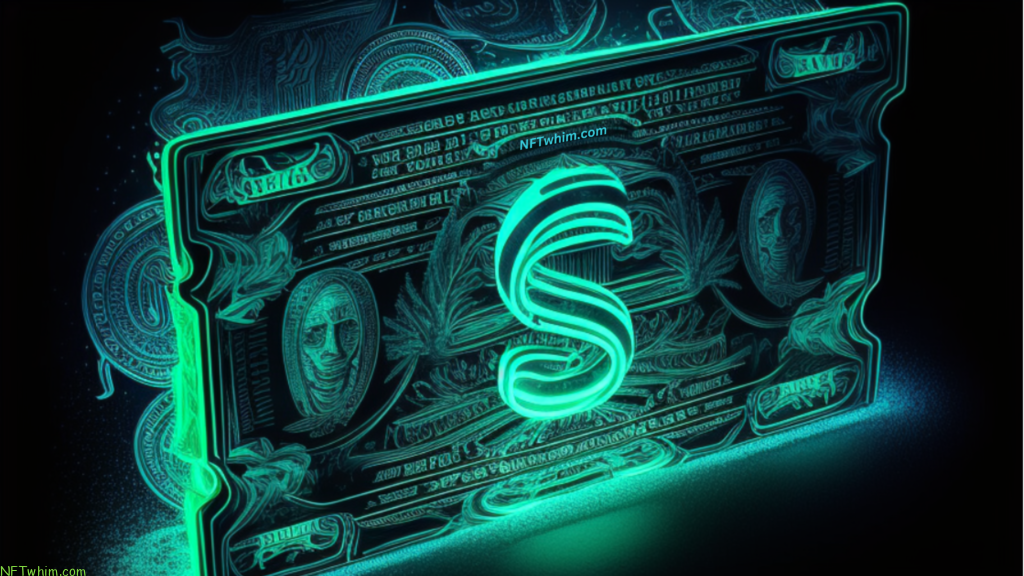
Understanding Cryptocurrency Transactions
In days of yore, transacting in digital currency was an arduous process. With the dawn of blockchain technology, however, cryptocurrency transactions have become easier to understand and execute than ever before.
Cryptocurrency transactions are essentially just like any other payment processing between two parties—except for one crucial difference: They rely on a crypto wallet rather than a bank account. The crypto wallet is where you store your digital currency until it’s time to use it. When you make a transaction using your wallet, the blockchain technology verifies that both sides receive what they’re due by keeping track of all money transfers made within its network.
Transactions involving cryptocurrency may not be as simple or familiar as those we’ve grown accustomed to with traditional banking methods; however, with a bit of research and practice, anyone can successfully complete financial exchanges using this innovative new form of digital currency. As long as you take the necessary steps to ensure your security while engaging in these activities, there’s no reason why you shouldn’t feel inspired – even empowered – when making cryptocurrency transactions!

Processing Payments For Your NFT Sale
Once you understand the basics of cryptocurrency transactions, it’s time to process payments for your first NFT sale. This can seem intimidating at first, but with the right payment processing tools and methods, anyone can become an expert NFT seller.
First, consider what type of payment gateway best suits your needs. There are a variety of options available today that offer secure and reliable cryptocurrency payments. Choose one that offers great customer support and is easy to use – this will make your life easier in the long run.
The easiest option however is to simply list your NFT at a well-known marketplace, such as Opensea. Then, the payment processing automatically taken care of.
Regardless of what you choose, when selecting a payment processor for your NFT sales, always make sure to do some research on their security measures. Look for features like encryption technology that protect both buyer and seller information during transactions. Additionally, ensure they provide full transparency about fees associated with each transaction and any other hidden charges so there are no surprises come sale day. Once you’ve found the perfect payment processor for your NFT business, you’ll be ready to start selling!

Marketing Strategies For Continuing Success
Once you have made your first NFT sale, it is important to establish a successful marketing strategy for continuing sales. There are many ways to promote digital assets and crypto tokens that can help boost visibility, reach more investors and buyers, and increase the value of your asset over time.
One effective way to market your NFTs is by utilizing social media platforms like Twitter, Instagram, or TikTok. This allows you to create engaging content tailored specifically for an audience who has a subconscious desire for freedom from traditional finance systems. You can also use influencers in this space as well as blockchain-focused groups on Reddit and Telegram. Additionally, paid advertising campaigns through Google Adwords or Facebook Ads may be utilized depending on the budget available.
The next step would be leveraging existing networks within the cryptocurrency industry with press releases about new token launches or any major upgrades to current offerings. Various news outlets including CoinDesk, and CoinTelegraph often publish stories related to cryptocurrency projects which could provide additional exposure if submitted properly. Furthermore, attending relevant conferences such as World Crypto Conference is another great way to connect with potential customers interested in investing in various digital products while gaining valuable feedback from experts in the field.
These strategies combined together will enable you to maximize your profits while cultivating relationships within the crypto community so that your digital asset continues to grow and thrive in a competitive marketplace!
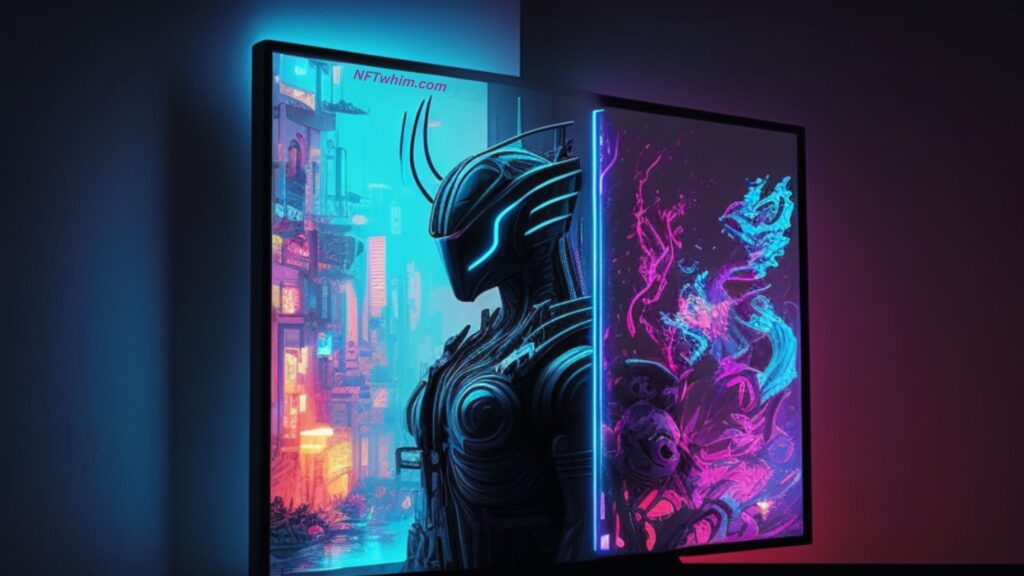
Tracking Your Sales Performance
It’s important to track the performance of your NFT sales, so you can understand what is working and where improvements need to be made. Here are 4 key metrics you should track when it comes to your NFT sales:
- Total Sales Revenue
- Number of NFTs Sold
- Average Sale Price
- Customer Acquisition Cost (CAC)
By regularly monitoring these metrics, you will gain insights into how your products are performing in terms of customer demand, pricing strategies, and overall profitability. This insight will help you determine which areas may require adjustments or changes in order to optimize future success. Additionally, tracking your NFT sales performance can provide an opportunity to identify potential market trends that could influence your future NFT creation decisions. With this data in hand, you’ll be able to make informed decisions about how best to meet the needs and desires of customers while unlocking more freedom for yourself as a seller.

Conclusion
In conclusion, the NFT market is growing rapidly. Selling an NFT can be a great way for creators to make money and gain recognition for their artwork. It’s important to understand the basics of how to create and sell an NFT before getting started so that you can have the best chance at success.
By choosing a platform, understanding artwork requirements and setting prices accordingly, managing artist rights, utilizing marketing strategies and tracking your sales performance – creators are able to maximize their potential profits from selling an NFT. I hope this article was helpful in providing guidance on how to make your first NFT sale!
Author: Robin Olsson
Author Bio: I’m Robin and on this website, I share everything I’ve learned since getting into NFTs in 2021. I have a background in research and I’ve been in crypto for several years. You can read more about me here.
Author: Robin Olsson
Author Bio: I’m Robin and on this website, I share everything I’ve learned since getting into NFTs in 2021. I have a background in research and I’ve been in crypto for several years. You can read more about me here.
